1. The Start of a Groundbreaking Study

Picryl
In 1980, when Mount St. Helens erupted, it left a massive impact on the surrounding landscape, and scientists were eager to understand how life would recover in such a drastically altered environment. Enter the gopher experiment, a seemingly simple but profoundly influential study. The experiment, conducted by scientists from the University of Washington, involved releasing 24-hour gopher populations into the eruption zone. This brief exposure sparked a deeper investigation into how small, seemingly insignificant creatures could impact ecological recovery on a much larger scale. Their behavior would help reveal critical insights into species interactions, soil regeneration, and biodiversity restoration in the decades following the eruption. The experiment set the stage for an ecological revival that would unfold in ways no one could have anticipated.
2. Gophers as the Unlikely Architects of Recovery
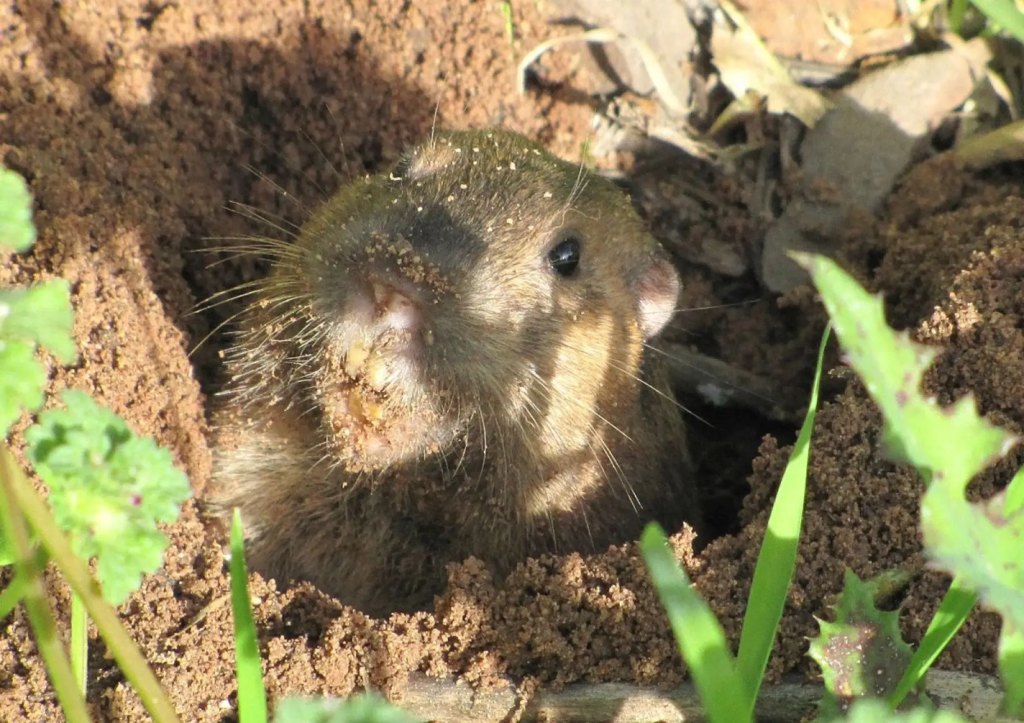
Animalia
Gophers, often seen as pests, turned out to play an essential role in the recovery of Mount St. Helens. The 24-hour experiment uncovered how these small creatures helped accelerate the regeneration process. By digging burrows, gophers aerated the soil, which improved water infiltration and allowed new plant species to take root. The burrows also provided shelter to other small animals and insects, promoting biodiversity. Through their constant digging, gophers inadvertently created a more favorable environment for many plant species to regrow, contributing to a natural succession of plant communities that was crucial in rebuilding the ecosystem. What seemed like a simple rodent habit turned out to be a pivotal ecological service.
3. Unveiling the Power of Biodiversity
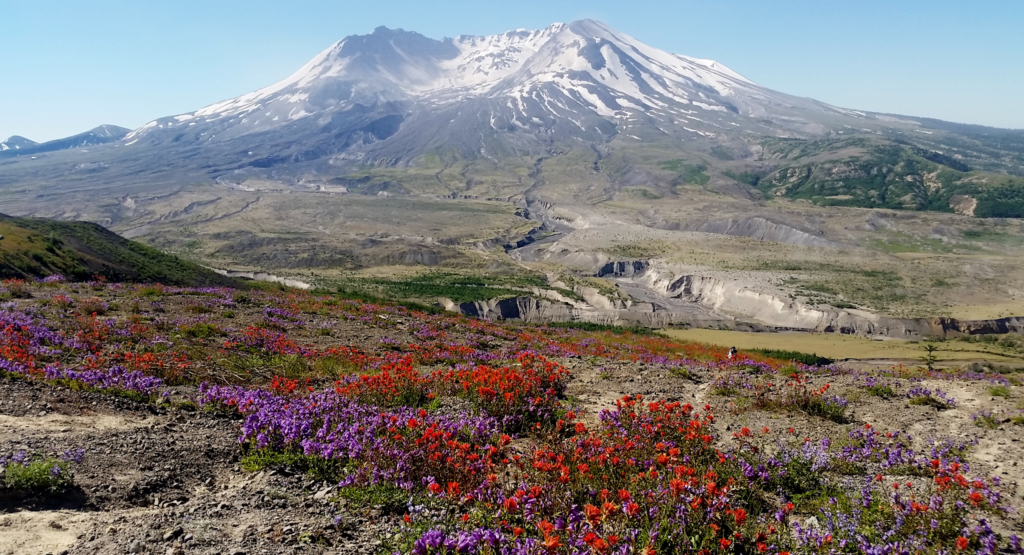
Wikimedia Commons
The gopher experiment revealed just how interconnected species are within an ecosystem. It highlighted the role of biodiversity in ecological recovery, as each species, no matter how small, contributes to the stability and function of the ecosystem. As gophers dug and burrowed through the soil, they disturbed it in ways that allowed more species of plants to grow. This also benefited other animals that fed on these plants. The study illustrated that even in a post-eruption wasteland, biodiversity would be key to resilience. By promoting diverse plant and animal life, the experiment demonstrated the importance of protecting species diversity to maintain ecosystem stability.
4. Accelerating Soil Regeneration
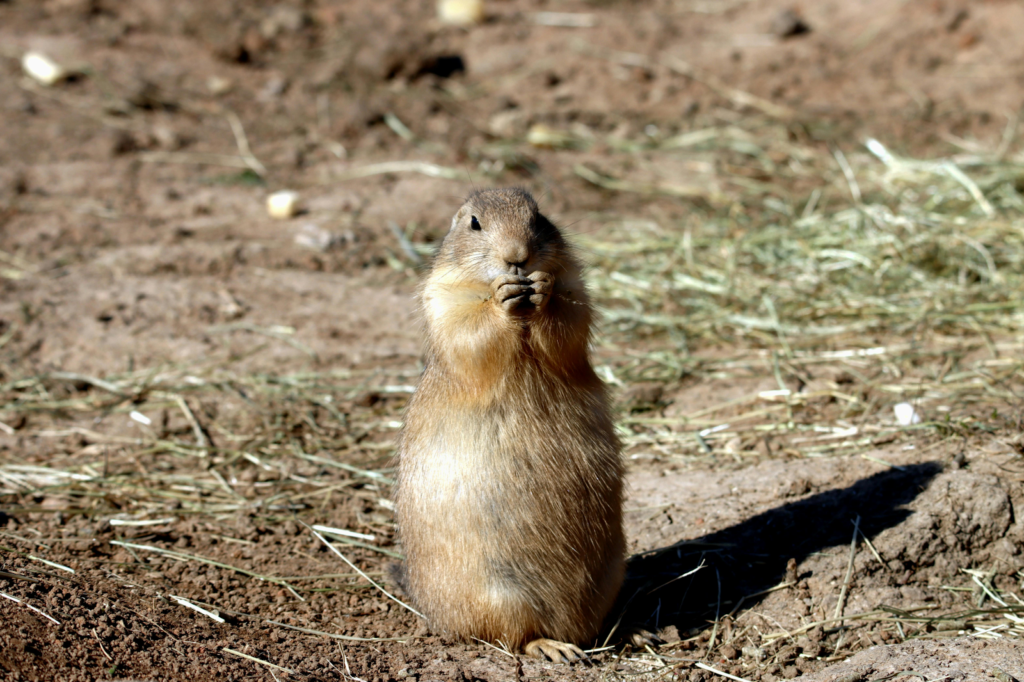
Pexels
A key finding from the gopher study was how animals could hasten soil regeneration. Gophers’ burrowing activities broke up compacted soil, allowing air, water, and nutrients to reach deeper layers. This process proved to be instrumental in helping plant life reestablish itself in an area once stripped bare by volcanic ash. The gophers’ tunnels also helped plants root more easily, as their digging loosened the soil and provided easier access to the vital resources plants need to grow. It was a perfect example of how small actions by animals could create a ripple effect that benefits entire ecosystems.
5. Plant Growth and Recovery Patterns
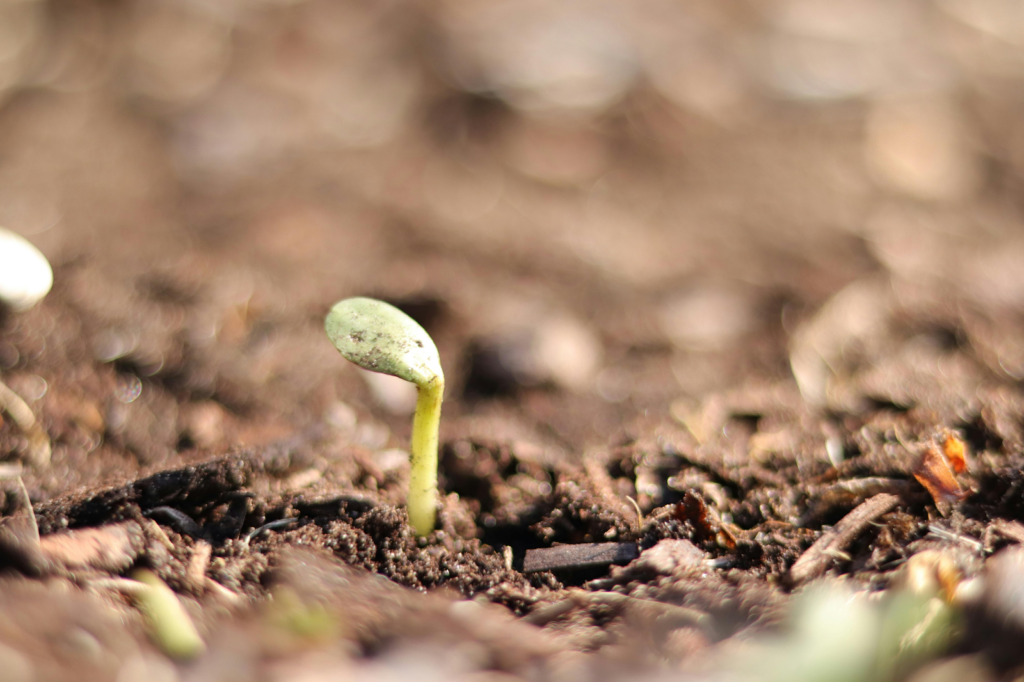
Pexels
The gopher experiment helped scientists understand the role of animals in plant growth recovery. By loosening the soil and facilitating water infiltration, gophers contributed to more successful plant colonization in volcanic areas. Their burrows provided a favorable microhabitat for seedlings and young plants to thrive, significantly increasing plant diversity in the region. The experiment showed that plant growth patterns were more complex than previously believed, with animal activity playing a crucial role in shaping the landscape. What was once considered a barren wasteland became a thriving ecosystem over time, thanks in large part to the contribution of gophers.
6. A New Approach to Ecological Restoration
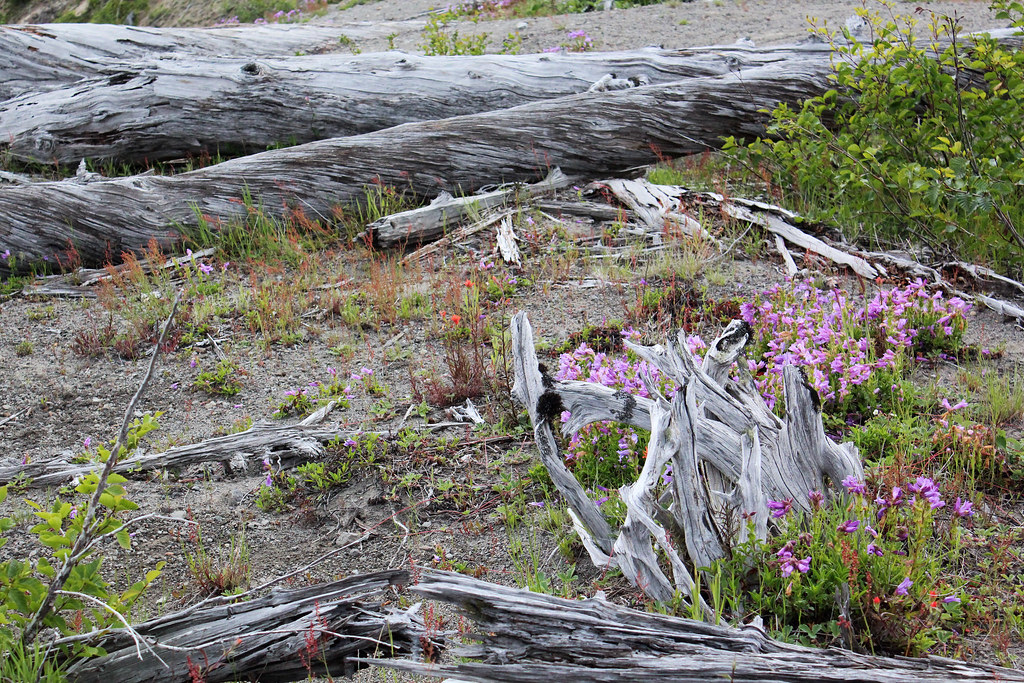
Flickr
Before the gopher experiment, ecological restoration was primarily focused on planting trees and grass. However, the gopher study revealed that the process of recovery was more dynamic and complex than just planting vegetation. The animals, including gophers, were integral to the restoration process. By enabling plant growth through soil aeration and nutrient cycling, gophers helped create a thriving ecosystem that was self-sustaining. The experiment helped redefine how scientists approach ecological restoration, emphasizing the importance of both plant and animal interactions. The findings led to a shift in restoration strategies, focusing on holistic approaches that included fostering healthy animal populations.
7. Understanding Succession and Regeneration
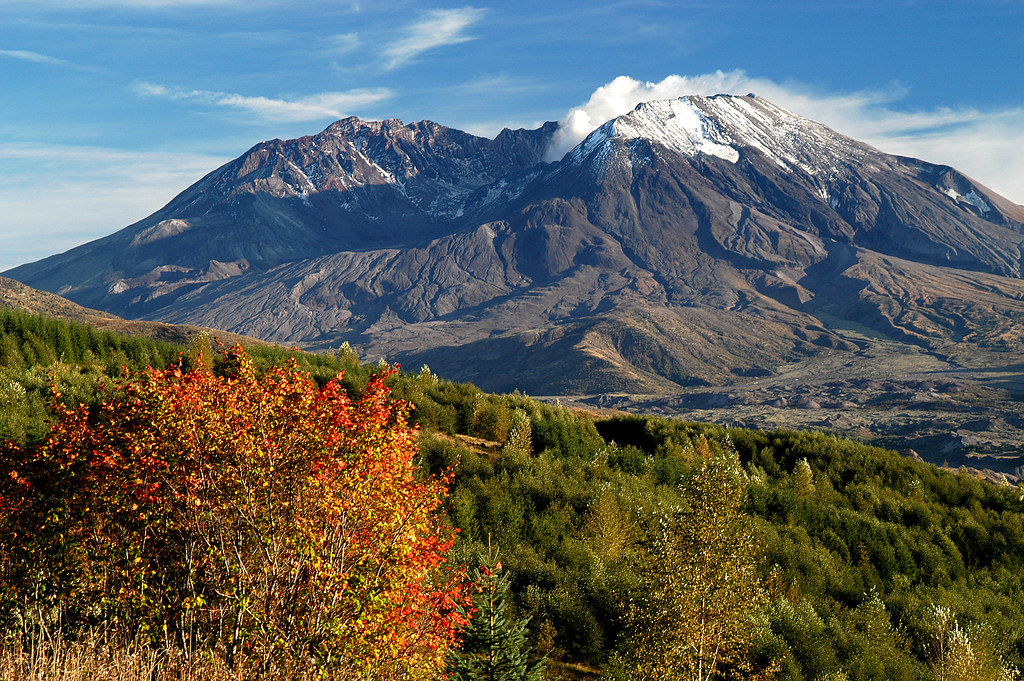
Flickr
The gopher experiment revealed important insights into ecological succession—the process by which an ecosystem recovers and rebuilds itself over time. By studying how life returned to Mount St. Helens, scientists could track how ecosystems regenerate and the critical role of pioneer species. Gophers, in their brief experiment, helped demonstrate how small organisms can speed up the natural succession process by breaking down debris and fostering new growth. This understanding helped inform ecological recovery efforts around the world, making the Mount St. Helens case study a key model for future regeneration strategies.
8. The Importance of Animal Contributions
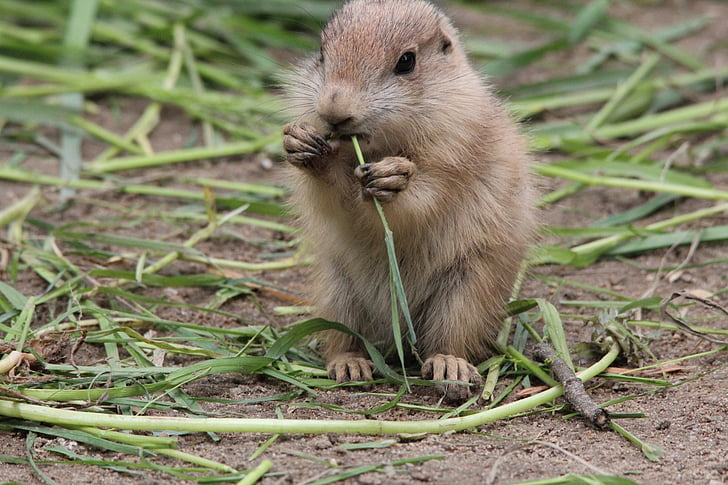
PickPik
One of the biggest takeaways from the gopher experiment was the recognition that animal species contribute much more than just pollination or seed dispersal. Gophers helped break down organic matter, returning nutrients to the soil and creating new spaces for growth. Their impact was immediate and profound, speeding up the natural recovery processes of the land. This discovery opened doors to a deeper understanding of the critical roles that various animals play in ecosystems. By highlighting these often-overlooked creatures, the gopher study helped broaden the scope of ecological science to include all animals in the recovery conversation.
9. Gophers as Key Players in Trophic Cascades
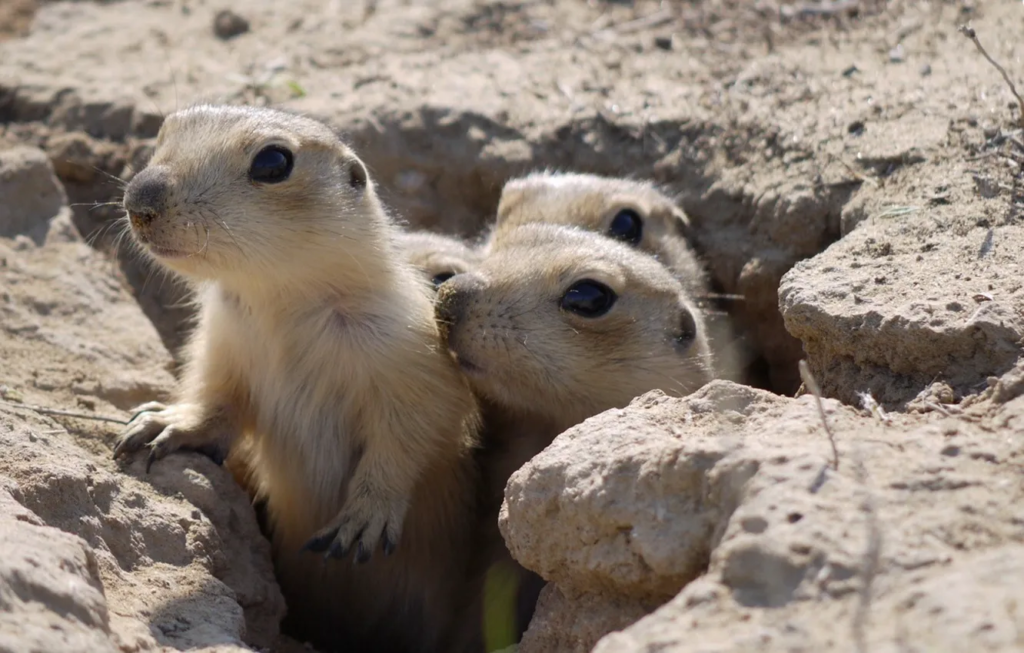
GoodFon
A fascinating aspect of the gopher experiment was how their presence triggered trophic cascades—interactions between organisms in the food web. By creating burrows, gophers increased the amount of plant life in the area, which attracted herbivores and predators. The gophers, by contributing to plant growth, effectively reshaped the food chain in their environment. These cascading effects were crucial in understanding how ecosystems balance themselves. The study showed that even small creatures like gophers could have significant consequences on the entire ecological structure, demonstrating the importance of maintaining healthy animal populations in ecosystem restoration efforts.
10. A Lesson in Resilience

Flickr
Mount St. Helens has since become an iconic example of ecological resilience. The gopher study contributed significantly to our understanding of how ecosystems can recover after catastrophic events. Despite the initial devastation, the land was able to regenerate, thanks in part to the resilience of both the plants and the animals. The gophers’ role in this recovery served as a powerful reminder that resilience is often about more than just survival; it’s about interaction, cooperation, and the ways in which species, no matter how small, help create new opportunities for life to thrive.
11. Influence on Modern Conservation Practices
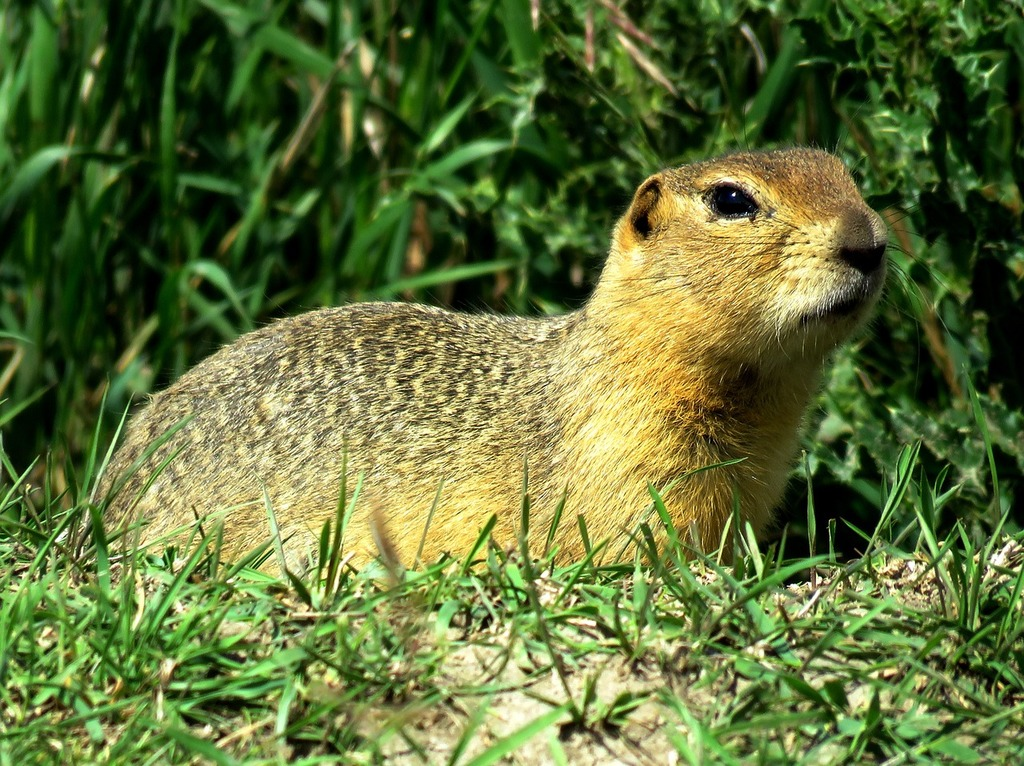
Picryl
The findings from the gopher experiment had lasting impacts on modern conservation practices. It was clear that the success of an ecosystem’s recovery didn’t depend solely on the introduction of new plant species, but also on the natural dynamics of the landscape. The lessons learned from Mount St. Helens have influenced conservation programs around the world, encouraging the integration of animals in ecological restoration efforts. The experiment demonstrated that fostering a balance between plants, animals, and soil health is key to long-term ecosystem success, shifting conservation priorities to a more inclusive approach.
12. Uncovering the Role of Small Creatures in Recovery
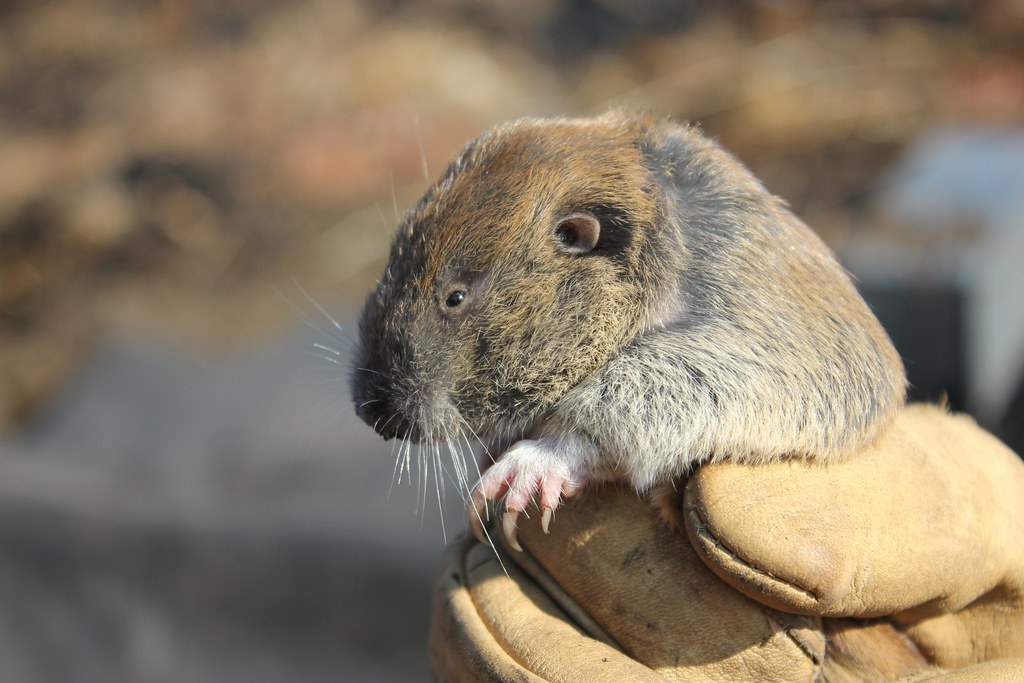
Flickr
Ultimately, the 24-hour gopher experiment on Mount St. Helens underscored an important ecological truth: small creatures matter. The gophers’ activities, although seemingly insignificant, were instrumental in the area’s recovery. This research has reshaped how scientists approach conservation and restoration, as it highlights the crucial role that all species, regardless of size, play in ecosystem health. Today, the Mount St. Helens story is often used as a case study to demonstrate how small actions by animals can drive significant ecological change and recovery.


